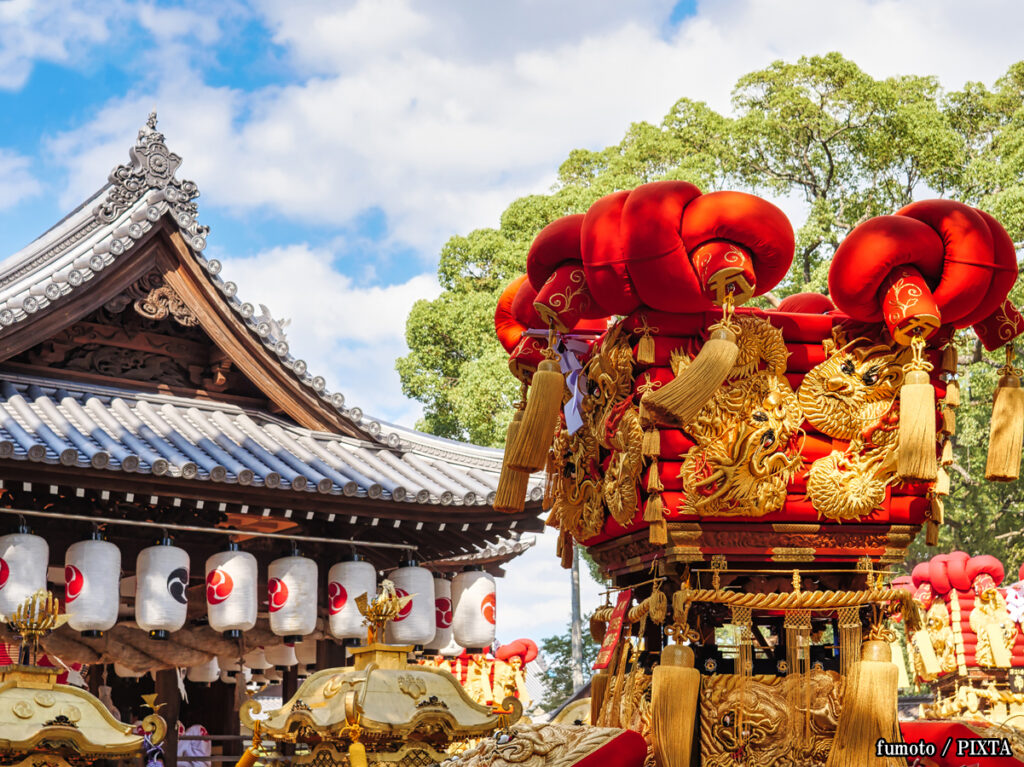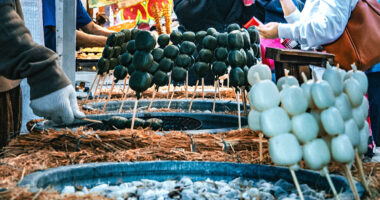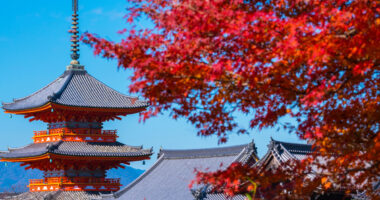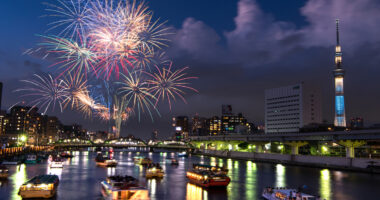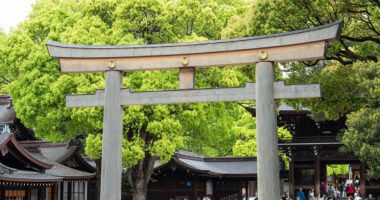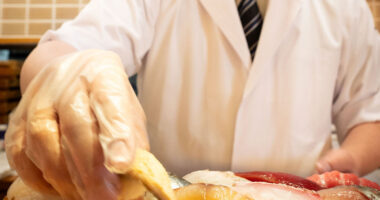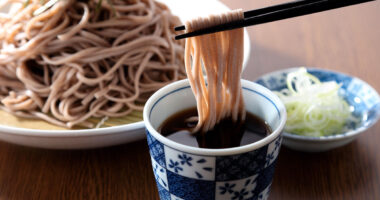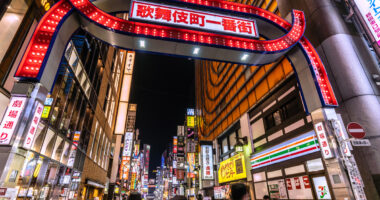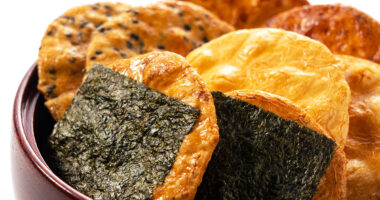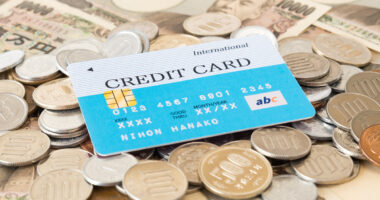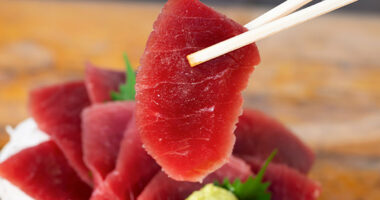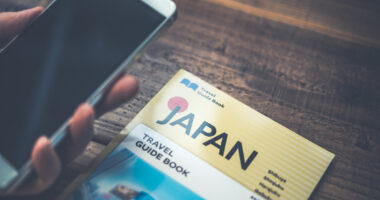Many travelers head to Japan to take a break from their busy routines and to finally explore the culture they’ve only seen in shows and movies. One of the best ways to experience that culture up close is by attending a local matsuri (Japanese festival). From traditional music and dances to seasonal festivities, matsuri offer a chance to see how communities come together and celebrate.
Joining a matsuri isn’t as simple as just showing up. Knowing what to expect and how to prepare makes the experience more enjoyable and respectful. This guide focuses on the practical things travelers should keep in mind before visiting a festival in Japan. While every festival is unique, the basic etiquette and tips are applicable across the country.
Understanding festival etiquette
Japanese festivals are lively and welcoming, but they also follow certain customs that locals understand without needing to be told. For visitors, knowing a few basic rules can help avoid misunderstandings. This allows you to blend in while also showing respect to those who keep these traditions alive.
Here are a few general tips on how to navigate a festival politely
How to dress
There is no official dress code for festivals, but, just like anywhere in Japan, it’s best to avoid clothing that looks too revealing. For formal ceremonies in shrines and temples, wearing something tidy helps you fit in and shows respect. However, when it comes to festival elements which take place in the streets, causal clothing is fine. During summer festivals, many locals wear yukata (a light kimono usually made of cotton) or jinbei (a light two-piece traditional outfit), which are designed to keep cool. If you want to experience that too, many shops offer rentals and will help you put them on correctly.
One important detail to remember is how you wear them: the left side should always wrap over the right. Doing it the other way around is reserved for funerals and can cause misunderstandings.
Shoes matter a lot since you will be on your feet most of the time. While some locals wear traditional footwear like geta wooden clogs or zōri sandals with yukata, many also opt for sneakers for comfort, especially when walking long distances or standing for hours.
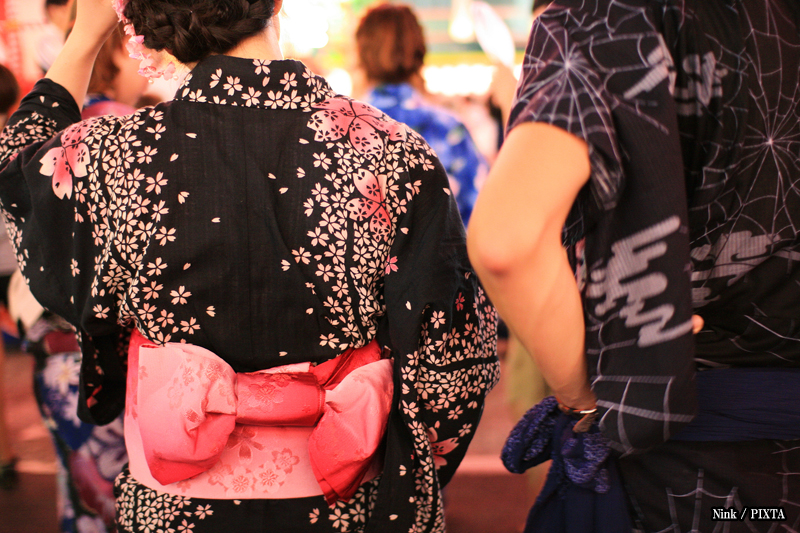
Photo for illustrative purposes
Photography with respect
There will be plenty of amazing scenes to photograph, from vibrant floats to traditional dances. Still, it’s important to respect people’s privacy, especially performers preparing backstage or families with children. Avoid taking close-up photos without asking first. Using flash can disturb participants and ruin the atmosphere, particularly during evening events or sacred moments.
If you’re unsure about taking photos, look at how locals behave or simply ask: Shashin ii desu ka? (“Is it okay to take a photo?”) This small question can help you avoid awkward or uncomfortable situations.
Line culture
Orderly lines are a key part of Japanese society, and festivals follow this rule closely. Whether you are waiting for food, toilets, or transportation, cutting the queue is considered very rude. Always respect signs and listen to staff instructions, especially around busy areas like entrances or viewing spots. Following these rules helps keep the festival safe and enjoyable for everyone.
Temples and shrines
Many festivals take place in or around temples and shrines, which remain sacred spaces despite the celebration. When you enter these areas, lower your voice and avoid eating or drinking. If you see locals bowing, clapping, or praying at a shrine, you can watch respectfully, but do not imitate unless you understand the custom. Treat these places with care, as they hold deep cultural and spiritual meaning.
Tips to enjoy the energy of the crowd without getting lost in it
Japanese festivals can attract large crowds, sometimes tens or hundreds of thousands of people. Moving through them smoothly requires a bit of preparation and awareness. The energy is part of the fun, but it can also be overwhelming if you are not ready. Here’s how to stay calm and make the most of it:
Arrive early
If you want a good spot to watch parades or fireworks, you’ll need to arrive early, sometimes two to three hours in advance. Many locals bring picnic mats to save space, especially for evening events. You can pick up inexpensive plastic sheets at many convenience stores and “100-yen shops” (thrift shops).
Respect the space others have reserved and avoid squeezing into tight spots. If you’re attending with friends or family, agree on a clear meeting point in case someone gets separated. Large crowds can affect phone signal, so don’t rely solely on mobile devices to regroup.
Know the flow
Big festivals often manage crowds with one-way pedestrian routes, particularly on narrow streets. Follow posted signs and listen to festival staff directions. Trying to go against the flow can slow you down, cause frustration, and create safety risks. After the festival ends, public transport like trains and buses may become extremely crowded for hours. To avoid that stress, consider staying nearby at a café or park until the crowd thins out.
Don’t rely on last-minute logistics
Planning your transport in advance is important. Check the last train and bus schedules for your return, especially if you are staying outside the main city area. Also, be aware that some roads may close or that stations may change exits to manage crowds. Navigation apps can help you track real-time transit information and crowd conditions, so use them to avoid surprises.
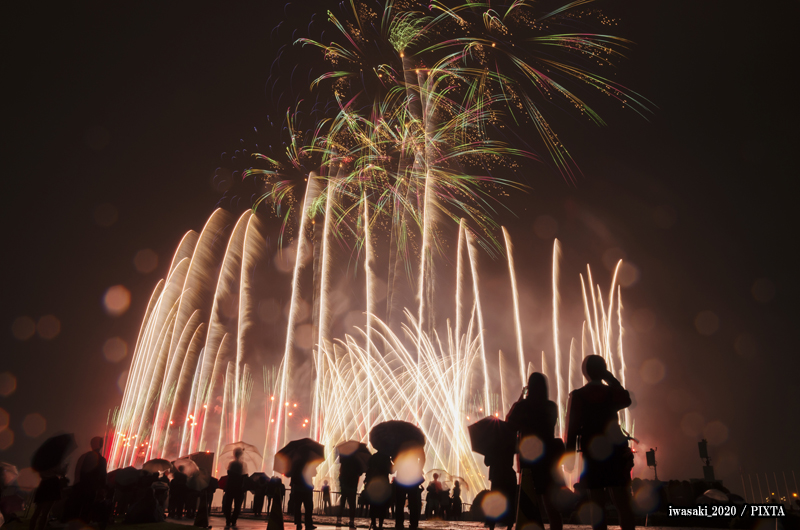
Photo for illustrative purposes
Essential items to bring
Attending a major Japanese festival can feel like a marathon: fun, exciting, but long and sometimes unpredictable. You might be outdoors for hours with few breaks, especially if you’re chasing a parade, waiting for fireworks, or standing in line for a food stall. Packing smart will give you fewer headaches and more time to bask in the experience.
Cash first, card second
Even with more places accepting cards these days, most festival food stalls, game booths, and pop-up vendors still run on cash in Japan. Don’t assume you’ll be able to tap and go. Bring plenty of coins and small bills. 100-yen and 500-yen coins are especially useful for quick snacks and drinks. If you run short, look for convenience stores. They usually have international-friendly ATMs. However, it’s better if you withdraw cash in advance to avoid long lines or unexpected issues.
Portable seating
Standing around for hours can get exhausting, especially if you’re waiting for a parade or nighttime fireworks. A small foldable stool or a plastic picnic mat can help. If you know you’ll be attending a major festival during your trip, you could even consider traveling with a backpack which has a built-in folding chair. You’ll see locals planning for comfort too, and some even bring cushions. These little details make a big difference after your feet have had enough.
Light layers or rain gear
Festival days can feel like multiple seasons in one. In summer, the sun can be intense during the day, followed by a surprising chill once the sun goes down. Spring and autumn can bring sudden showers, and rain doesn’t usually cancel events. It’s a good idea to pack a small towel, a light jacket or shawl, and a foldable umbrella. You can easily find all of these near the festival site.
Trash bag or pouch
Japan’s “bring-your-own-bin” approach might surprise visitors. Public trash cans are rare, even at festivals. Most people carry a small bag for their garbage and sort it later. If you plan to snack through the festival — and for the parts taking place outside of shrines and temples you should — pack a plastic bag or reusable pouch for wrappers, skewers and drink bottles.
Hand sanitizer and tissues
Portable toilets and food stalls might not always have amenities. Keep tissues, wet wipes, and a small bottle of hand sanitizer with you. It’s a small thing that makes a big difference in staying comfortable and hygienic throughout the day.
Reusable water bottle
Hydration often gets overlooked until it’s too late. Bring a reusable water bottle that you can refill at public fountains or buy drinks from vending machines. Staying hydrated will help you focus on the fun, not the fatigue.
Safety and health tips
Festivals in Japan often demand a fair bit of stamina. Between crowds, weather, and constant movement, it’s easy to wear yourself out. A few mindful steps can help you avoid mishaps and enjoy the event fully.
Beat the heat
Temperatures during summer matsuri can go well over 35 °C (95.0 °F). Dress in light, breathable clothing and bring a hat if you’re planning to stay out during the day. Take advantage of shaded areas and do not wait until you feel faint to rest.
If you plan to drink alcohol, make sure you’ve eaten something beforehand. Festival foods are tasty but can be heavy, so alternate between food and water to keep your energy up.
Secure your belongings
Pickpocketing is rare in Japan, but accidents can happen in tightly packed crowds. A small crossbody bag with a zipper or a daypack that stays close to your body is ideal. Keep your wallet, phone, and other valuables tucked away and never leave your bag unattended.
Be mindful of your energy
It’s tempting to try and experience everything, especially if it’s your only chance to attend a famous festival. However, pacing yourself will give you a better experience. Take breaks. Sit down. Snack slowly. Even locals do this.
Listen to your body. If you start feeling overwhelmed or overheated, find a shaded rest area or convenience store to cool off.
Local manners and cultural pointers
A few small gestures can help you connect and move through the festival with ease. Locals won’t expect perfection, but showing effort goes a long way.
Try local food with an open mind
Festival food stalls are a big part of the experience, with options ranging from sweet kakigori to grilled squid on a stick. You might not recognize everything on the menu, and that’s fine. It’s okay if you try something and it’s not for you; most locals have food preferences, too.
If you have allergies or specific dietary needs, prepare in advance. Either learn a few simple phrases or keep a printed card in Japanese explaining what you can and can’t eat. Staff may not speak much English, but they’ll usually try to help if they understand the concern.
Thank the staff and volunteers
Japanese festivals are staffed by local volunteers who dedicate hours of their time to ensure everything runs smoothly. Whether it’s someone guiding crowds, handing out programs, or managing clean-up, a simple “arigatō gozaimasu” with a nod or smile is highly appreciated.
Follow the locals
When unsure about how to behave or where to go, observe what others are doing. Whether it’s where to sit, how to walk through a shrine gate, or how to eat neatly from a food stall, locals are your best guide.

Photo for illustrative purposes
Planning your festival experience
You can maximize the fun with just a little smart planning
- Check the festival’s official website or tourism board for schedules and maps. Many provide English information and include performance updates, food areas, and transport.
- Follow hashtags or local social media posts to get a sense of what to expect from the crowds, weather, and must-see moments.
- If you want a more relaxed experience, consider smaller, regional festivals. While the big-name events are spectacular, local festivals often feel more personal and are easier to enjoy at one’s own pace.
Final thoughts
There’s something unforgettable about standing in a crowd beneath paper lanterns, the distant beat of taiko drums echoing through the night, and the mouthwatering aromas drifting from festival food stalls—a memory that lingers long after your trip ends. It’s okay if you don’t understand every dance, song, or ritual. What matters is being present, curious, and respectful.
There’s no perfect way to enjoy a matsuri. Just slow down, look around, and let the festival unfold around you!
